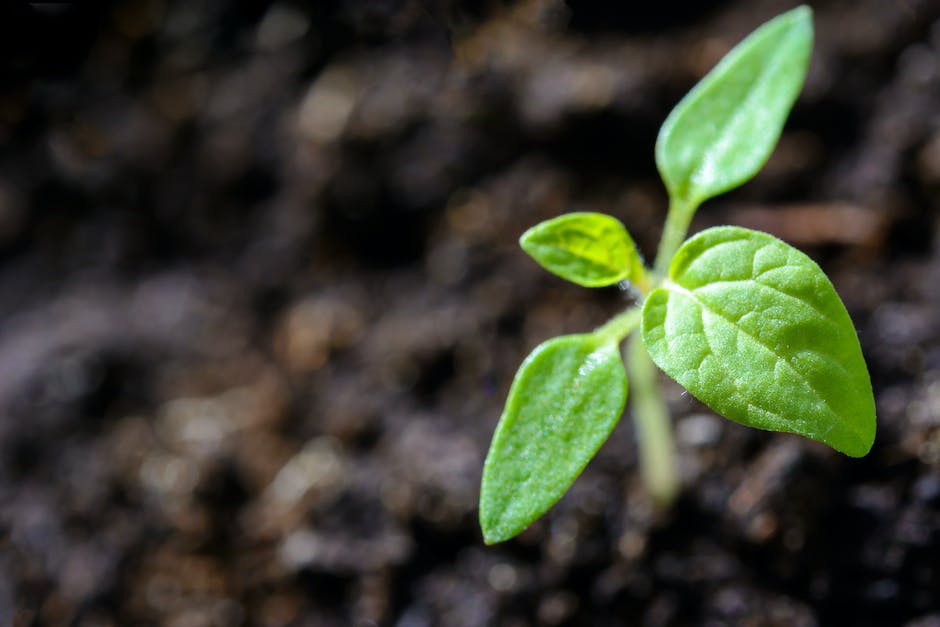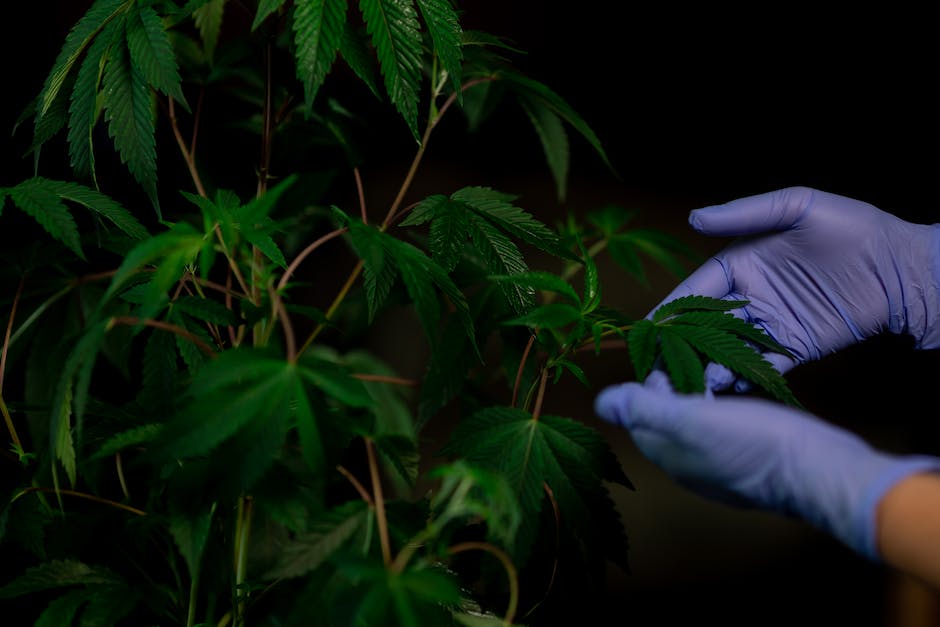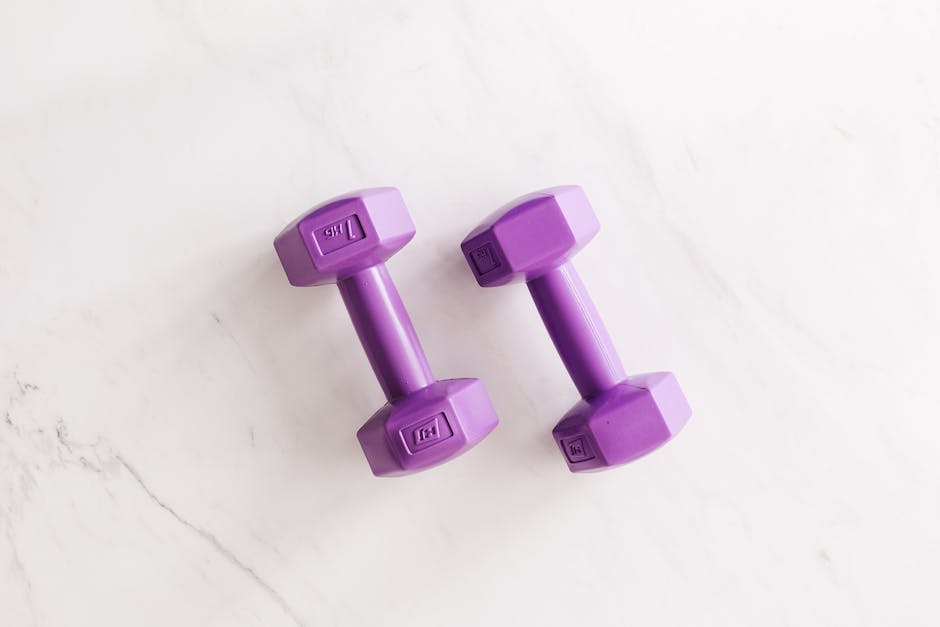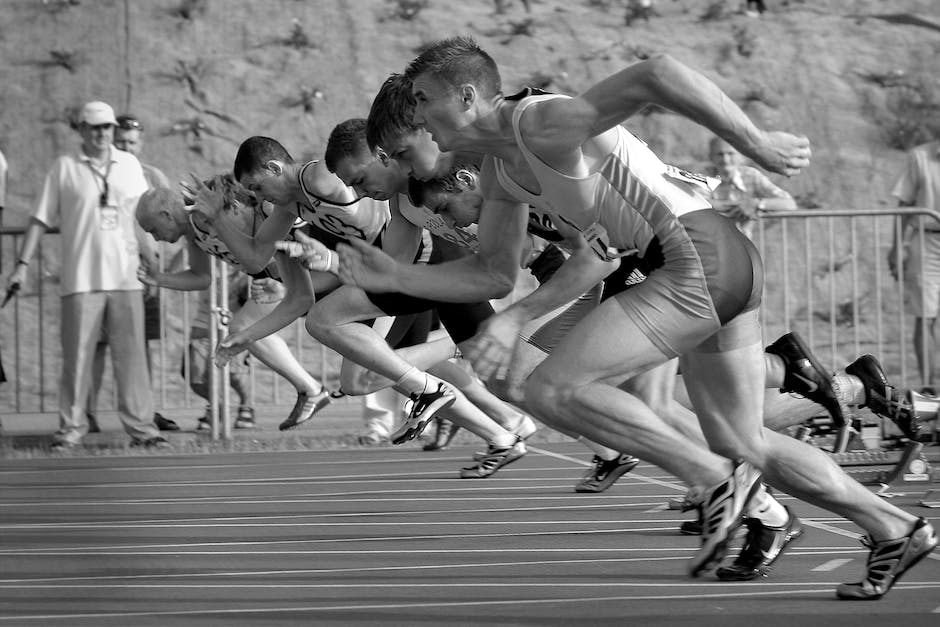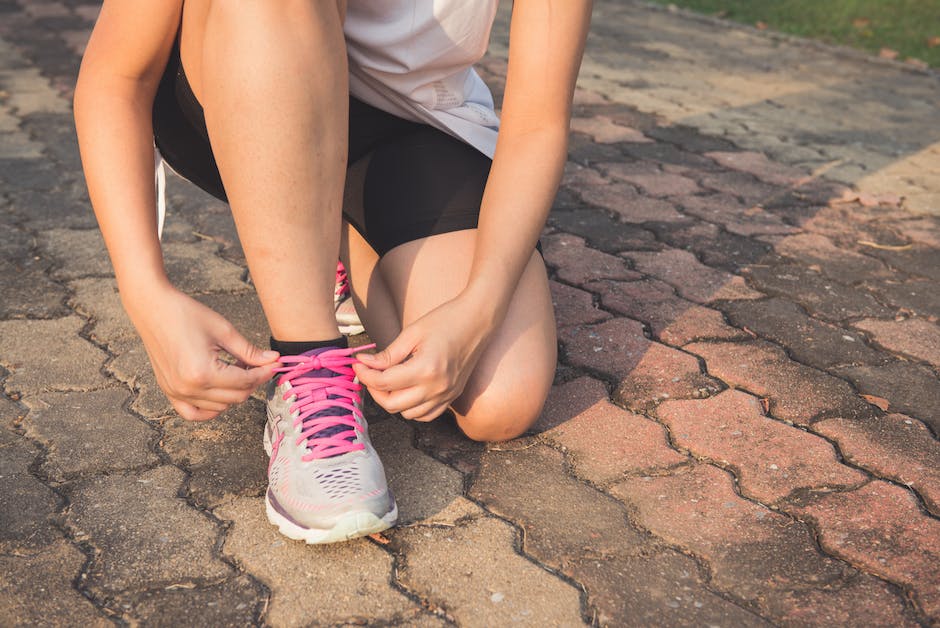Welcome to The Grower’s Glossary! In the world of cannabis cultivation, mastering the techniques of pruning and training is essential for growers aiming to maximize yields, improve plant health, and optimize space utilization. Pruning and training involve strategic manipulation of the plant’s growth patterns, allowing growers to shape and control the development of their cannabis plants.
Pruning, in simple terms, is the process of selectively removing certain parts of the cannabis plant, such as branches, leaves, or buds. By carefully trimming away unwanted growth, growers can direct the plant’s energy towards producing healthier and more abundant flowers. Pruning not only enhances light penetration and airflow throughout the plant but also promotes the development of larger colas and prevents the accumulation of moisture, reducing the risk of diseases.
Training, on the other hand, refers to the strategic bending, tying, or supporting of plant branches to influence growth and shape the plant’s overall structure. The main objective of training is to create an even canopy, where the top of the plant receives the same amount of light as the lower branches. This technique ensures uniform bud development and enables growers to maximize their indoor or outdoor space, allowing for a greater number of plants per square foot.
There are various pruning and training techniques employed by cannabis cultivators, each with its own specific purpose and outcome. High-Stress Training (HST) methods involve physically manipulating the plants by tying down branches, bending the main stem, or super cropping, to induce stress and promote lateral branching. Low-Stress Training (LST) methods, on the other hand, focus on gentler techniques such as bending branches with strings or plant ties to achieve a more uniform growth pattern.
It is important to note that while pruning and training techniques offer numerous benefits to cannabis plants, they require careful consideration and knowledge to execute correctly. Over-pruning or improperly trained plants can result in stunted growth, lower yields, and increased susceptibility to pests or diseases. Therefore, understanding the different stages of cannabis growth, strain characteristics, and individual plant needs is crucial for successful pruning and training practices.
In the upcoming sections of The Grower’s Glossary, we will dive deeper into various pruning and training methods, explore their advantages and disadvantages, and provide a step-by-step guide to help growers incorporate these techniques into their cultivation practices.
A brief overview of the importance of pruning and training for cannabis cultivation
Pruning and training are two essential techniques in cannabis cultivation that play a significant role in achieving optimal plant health, maximizing yield, and maintaining a professional standard of cultivation.
Pruning involves selectively removing certain parts of the plant, such as leaves, branches, or buds. The main purpose of pruning is to promote airflow and light penetration throughout the canopy, which helps prevent the development of mold, mildew, and other diseases. By removing excess foliage, cultivators can also redirect the plant’s energy towards bud production, resulting in bigger, denser flowers. Pruning also helps maintain the overall shape and size of the plant, making it easier to manage, particularly in indoor grows where space may be limited.
Training, on the other hand, involves strategically manipulating the growth patterns of the cannabis plant to optimize its structure and improve light distribution. By gently bending or tying down branches, cultivators can encourage horizontal growth and create an even canopy. This technique prevents the development of “shade” leaves, which are leaves that receive limited light due to the plant’s natural tendency to grow vertically. Through training, cultivators can ensure that all parts of the plant receive an equal amount of light, resulting in more uniform bud development and increased overall yield.
Both pruning and training are essential techniques for maintaining a professional standard of cannabis cultivation. They not only help improve plant health and yield but also enhance the quality of the final product. By implementing these techniques, cultivators can create an environment that fosters optimal growth and produce top-tier cannabis that meets the demands of the market.
Mentioning the terminology used in the cannabis community
When it comes to cannabis cultivation, understanding the terminology used by growers is essential for anyone interested in entering the industry. Pruning and training are two commonly used techniques that play a significant role in maximizing crop yields and maintaining plant health. Let’s take a closer look at these vital practices:
1. Pruning:
Pruning involves selectively removing certain parts of the cannabis plant, such as branches, leaves, or buds. This technique is employed to remove dead or dying foliage, improve airflow and light penetration, control plant height, and promote overall plant health. By strategically removing specific parts, growers can redirect energy towards productive growth, allowing the plant to focus on generating larger, healthier flowers.
2. Training:
Training refers to the process of manipulating the shape and structure of cannabis plants to enhance their growth potential and optimize yields. There are different training methods employed by growers, including:
a. LST (Low-Stress Training): This technique involves bending and tying down the branches of young plants to encourage lateral growth and increase the number of bud sites. LST is preferred by many growers as it minimizes the stress placed on the plant, allowing for easier nutrient uptake and better light exposure.
b. SCROG (Screen of Green): SCROG involves using a screen or a mesh trellis to create an even canopy across the garden. As the plants grow through the screen, growers train the branches horizontally, encouraging an even distribution of light and maximizing flower development. This method significantly increases yields and promotes more uniform growth.
c. Topping: Topping is the process of cutting off the main stem of a young cannabis plant, creating two main colas (branches) instead. By removing the dominant stem, growers encourage the growth of multiple colas, resulting in more buds and a bushier plant. Topping can be performed multiple times during the vegetative stage to further increase bud production.
Understanding the terminologies related to pruning and training in cannabis cultivation is crucial for growers who aim to achieve optimal results. These techniques not only help increase yields but also contribute to the overall health and quality of cannabis plants. By implementing these practices effectively, growers can take their cultivation skills to the next level, cultivating healthier, more productive crops.
Pruning in cannabis cultivation
Pruning in cannabis cultivation plays a crucial role in enhancing the overall health and productivity of the plants. It involves selectively removing specific parts of the plant, such as branches, leaves, or buds, to promote better growth and development. By carefully pruning cannabis plants, cultivators can control their shape, maximize light penetration and airflow, and ultimately increase their yield.
One primary objective of pruning is to remove any dead or diseased plant material. This helps prevent the spread of pests and diseases throughout the crop, ensuring that the plants stay healthy. Additionally, pruning can also improve the plant’s overall structure and shape, allowing for more efficient light distribution.
Pruning is often used to manage the height and size of cannabis plants as well. By selectively removing certain branches or shoots, cultivators can control the plant’s vertical growth and make it more manageable within the available space. This is particularly important for indoor growers who have limited headroom.
Another significant benefit of pruning is the promotion of greater bud development. By removing lower, smaller branches that receive less light, cultivators can redirect the plant’s energy and nutrients towards the upper canopy where the largest and most desirable buds form. This technique, known as “lollipopping,” increases the quantity and quality of the buds, as well as facilitates better air circulation around the plant.
Timing is crucial when it comes to pruning cannabis. It is generally recommended to begin pruning during the vegetative stage, once the plant has developed enough branches for selection. This ensures that the plant has enough time to recover and adjust before transitioning into the flowering stage. While some minimal pruning can be done during flowering, it is generally advised to avoid major cuts, as this may stress the plant and potentially affect its final yield.
Pruning tools such as clean, sharp shears or scissors are essential for maintaining a professional and precise approach. It is crucial to disinfect the tools properly before and after use to prevent the spread of any bacteria or diseases between plants.
In conclusion, pruning is an essential technique in cannabis cultivation that allows growers to shape, manage, and optimize the overall health and productivity of their plants. By selectively removing specific parts of the plant, cultivators can create a more conducive growing environment, maximize yields, and produce higher quality buds. However, it’s crucial to approach pruning with care, following proper techniques, and considering the specific needs of the cannabis cultivar being grown.
Explanation of what pruning entails in the context of cannabis plants
As a crucial practice in cannabis cultivation, pruning plays a significant role in maximizing plant health and productivity. Pruning involves selectively removing certain parts of the plant, such as branches and leaves, to promote overall growth and encourage the development of desired traits.
In the context of cannabis plants, pruning serves multiple purposes. Firstly, it helps to increase airflow and light penetration throughout the plant, reducing the risk of diseases and promoting optimal photosynthesis. By removing excess foliage, sunlight can reach lower parts of the plant, enabling greater bud production and ensuring a more even distribution of energy.
Pruning also aids in maintaining a consistent canopy height and shape, ensuring that each plant receives equal access to light. This allows for a uniform distribution of bud development and helps to prevent lower branches from being shaded and deprived of light. Additionally, pruning helps to manage the plant’s overall size, making it easier to control growth and fit within a designated space.
When it comes to pruning cannabis plants, there are several techniques commonly used. Topping is a popular method that involves removing the apical meristem or the dominant shoot, promoting the growth of lateral branches. This technique helps to create a bushier plant structure with multiple colas, leading to increased flower production.
Another technique is known as LST (Low-Stress Training), which involves gently bending and tying down branches to create an even canopy. This method helps to promote lateral growth and ensures that each bud site receives adequate light. By manipulating the plant’s architecture, LST allows for increased bud size and higher overall yields.
It is important to note that pruning cannabis plants should be done strategically and with care. Over-pruning or removing too many leaves can stress the plant and adversely affect its growth. Therefore, it is essential to understand the specific strain’s growth characteristics and tailor the pruning techniques accordingly.
In conclusion, pruning in cannabis cultivation is a vital practice that helps to optimize plant health, encourage robust growth, and improve overall yield. By selectively removing certain parts of the plant, cultivators can shape, manage, and maximize the desired traits of their cannabis plants. As with any cultivation technique, it is crucial to approach pruning with knowledge, precision, and a careful understanding of the plant’s needs.
Discussing the objectives and benefits of pruning, such as improving yield and plant health
Pruning and Training: Improving Yield and Plant Health
Pruning and training are vital techniques used in cannabis cultivation to optimize plant growth and maximize yield. When done correctly, they contribute significantly to the overall health and productivity of the plants. In this section, we will discuss the objectives and benefits of pruning, highlighting how it can effectively improve both yield and plant health.
One of the main goals of pruning is to manage the canopy of the cannabis plant. By removing certain parts, such as lower leaves, branches, and shoots, we create an ideal environment for the plant to direct its energy towards productive growth. Pruning helps to eliminate overcrowding within the canopy, allowing for better light penetration and air circulation. This, in turn, minimizes the risk of disease and pests, creating a healthier and more vigorous plant.
Improved yield is another significant benefit of pruning. By removing unnecessary growth, the plant can focus its resources on the development of larger, denser buds. Pruning ensures that the plant’s energy is efficiently distributed to the areas that will produce the highest quality flowers, ultimately resulting in higher yields come harvest time.
Furthermore, pruning helps to shape the plants and promotes a more even distribution of growth. By carefully removing certain branches and shoots, we can guide the plant’s growth in a way that optimizes its structure and overall shape. This practice is known as “training.” By training the plants, cultivators can ensure that each bud site receives an ample amount of light, which plays a crucial role in bud development and resin production.
Another objective of pruning is to remove any dead or diseased parts of the plant promptly. These areas can act as breeding grounds for pathogens and pests, threatening the health and well-being of the entire crop. By regularly inspecting and pruning, cultivators can effectively prevent the spread of diseases and maintain plant health.
However, it is essential to remember that pruning should be done with caution and precision. Over-pruning or removing too many leaves and branches can have adverse effects on the plant’s growth and overall health. Striking the right balance is key, and it is recommended to follow industry best practices or consult with experienced cultivators when adopting pruning techniques.
In conclusion, pruning and training are essential techniques in cannabis cultivation that aim to improve yield and plant health. By managing the canopy, optimizing light penetration and air circulation, and shaping the plants, cultivators can help achieve higher yields and healthier plants. When performed with care and expertise, pruning becomes an invaluable tool in maximizing the potential of cannabis cultivation and achieving consistent, high-quality harvests.
Describing different pruning techniques commonly used by growers
The art of cannabis cultivation involves various techniques to ensure healthy and robust plant growth. One crucial aspect of this process is pruning, which refers to the strategic removal of specific plant parts to promote desired growth patterns. Pruning is often accompanied by training, which involves manipulating the plant’s structure to optimize light exposure and increase productivity. In this section, we will explore the different pruning techniques commonly used by growers in the cannabis industry.
1. Topping: Topping is a pruning technique aimed at promoting lateral growth and creating a bushier plant. It involves cutting off the main stem’s apical bud or top, which encourages the development of multiple new shoots below. By removing the dominant top, energy is redirected to lower branches, resulting in a more balanced plant structure. Topping is an effective method for maximizing yield and enhancing light penetration in the canopy.
2. FIMming: FIMming, short for ‘Fuck, I Missed,’ is a variant of topping. It involves removing part of the apical bud, leaving behind a small portion intact. This technique encourages the plant to develop multiple shoots similar to topping, but with slightly different results. FIMming can result in four primary shoots instead of the two typically achieved through topping. It is preferred by some growers as it helps maintain a more even canopy and provides increased potential for higher yields.
3. Lollipopping: Lollipopping involves selectively removing lower, less productive branches and leaves to maximize light exposure to the upper canopy where the most significant bud production occurs. This technique mimics the shape of a lollipop, with a bare stem and foliage concentrated at the top. By removing excess foliage and redirecting energy to upper growth, lollipopping improves airflow and prevents energy wastage on unproductive parts.
4. Defoliation: Defoliation involves the targeted removal of leaves, usually during the flowering stage, to increase light penetration and improve bud development. This technique aims to enhance airflow, reduce humidity, and prevent the formation of mold or mildew in densely packed canopies. Careful defoliation can also help optimize nutrient distribution and encourage stronger bud development.
5. Lateral Training: Lateral training techniques, such as bending and tying down branches, are employed to achieve an even canopy and maximize light exposure. By gently bending branches and securing them in place, growers can shape plants and manipulate growth patterns to ensure an optimal distribution of bud sites. Lateral training techniques are especially useful for indoor grow operations with limited vertical space.
6. Super Cropping: Super cropping is a high-stress training technique that involves strategically damaging a stem without breaking it. By gently squeezing or bending the stem, growers create small “kinks” that stimulate the plant to repair itself, resulting in stronger branches and increased nutrient flow. Super cropping can be used to control height, promote lateral growth, and strengthen the overall structure of the plant.
Each pruning technique mentioned above possesses unique benefits and can be employed at different stages of the cannabis plant’s life cycle. Growers often experiment with various methods to determine which ones work best for their specific needs and cultivation environment. Remember, proper pruning and training techniques are essential for maintaining healthy plants, maximizing yields, and producing top-quality cannabis.
Training in cannabis cultivation
Training in Cannabis Cultivation
When it comes to cannabis cultivation, training is an essential technique used to enhance the growth and development of the plants. Training involves manipulating the shape and structure of the plants to maximize their yield potential and promote healthy growth.
One common method of training is known as “topping.” This involves removing the top growth of the plant to encourage lateral branching and the development of multiple colas. Topping helps create a bushier plant, leading to increased bud sites and a higher overall yield.
Another widely used technique is called “low-stress training” (LST). LST involves gently bending and securing the branches of the plant to manipulate its growth patterns. By carefully positioning the branches, cultivators can ensure that the plant receives optimal light exposure and airflow, resulting in more uniform growth and better bud development.
Cannabis plants can also be trained using a technique called “scrog” (screen of green). This method involves using a screen or netting to create a canopy, which helps to promote an even distribution of light and encourages the growth of multiple flowering sites. The main advantage of scrogging is that it allows growers to effectively utilize limited space and maximize their yield potential.
In addition to these techniques, there are several other training methods, such as super cropping, mainlining, and monster cropping, which are employed by experienced cultivators to achieve specific goals. Each method has its own advantages and considerations, and the choice of training technique depends on factors such as the strain of cannabis being cultivated, the available space, and the desired outcome.
It is important to note that training should be done with care and precision. Any manipulation of the plants should be done gently to avoid causing stress or damage. Additionally, regular monitoring and adjustment may be necessary throughout the growth cycle to ensure that the plants are responding positively to the training techniques.
By implementing effective training methods, cannabis cultivators can optimize their yield potential, improve the quality of the buds, and enhance overall plant health. However, it is crucial to study and understand the specific needs of each strain and experiment with different training techniques before deciding on the most suitable approach for your cultivation operation.
Stay tuned for our upcoming blog posts, where we will cover more topics related to cannabis cultivation and provide further insights into maximizing the potential of this valuable plant.
Defining training and its purpose in relation to cannabis plants
Training is a fundamental technique in cannabis cultivation that involves manipulating the growth patterns of plants to optimize their yield, shape, and overall health. Unlike pruning, which involves selectively removing certain parts of the plant, training focuses on guiding the growth of the plant in a particular direction or shape.
One common training method used in cannabis cultivation is the Low Stress Training (LST) technique. This method aims to create an even canopy of buds by gently bending and tying down the plant’s branches as it grows. By doing so, LST helps to ensure that each bud receives an adequate amount of light, leading to more uniform growth and increased yields.
Another popular training technique is known as the Screen of Green (SCROG). This method involves using a screen or net to create a horizontal plane above the plants. As the plants grow through the screen, growers carefully weave the branches horizontally, maximizing the exposure of budding sites to light. SCROG not only optimizes light penetration but also helps to control the plant’s height, creating a more manageable and productive growing environment.
The primary purpose of training techniques like LST and SCROG is to improve light penetration and distribution throughout the canopy. By shaping the plant and ensuring an even distribution of light, growers can minimize the risk of underdeveloped or shaded buds, resulting in higher yields and better-quality cannabis.
In addition to enhancing light exposure, training can also help improve air circulation around the plants. Proper air circulation is crucial in preventing the development of mold, mildew, and other fungal diseases that can damage the cannabis crop. By training the plants to grow in a specific manner, growers can create more open and well-ventilated canopies, reducing the risk of moisture buildup and increasing overall plant health.
Overall, training plays a vital role in cannabis cultivation by maximizing yields, improving bud quality, and mitigating the risk of pests and diseases. By understanding and applying various training techniques, growers can optimize their cannabis plants’ growth, ultimately resulting in a more productive and profitable cultivation operation.

